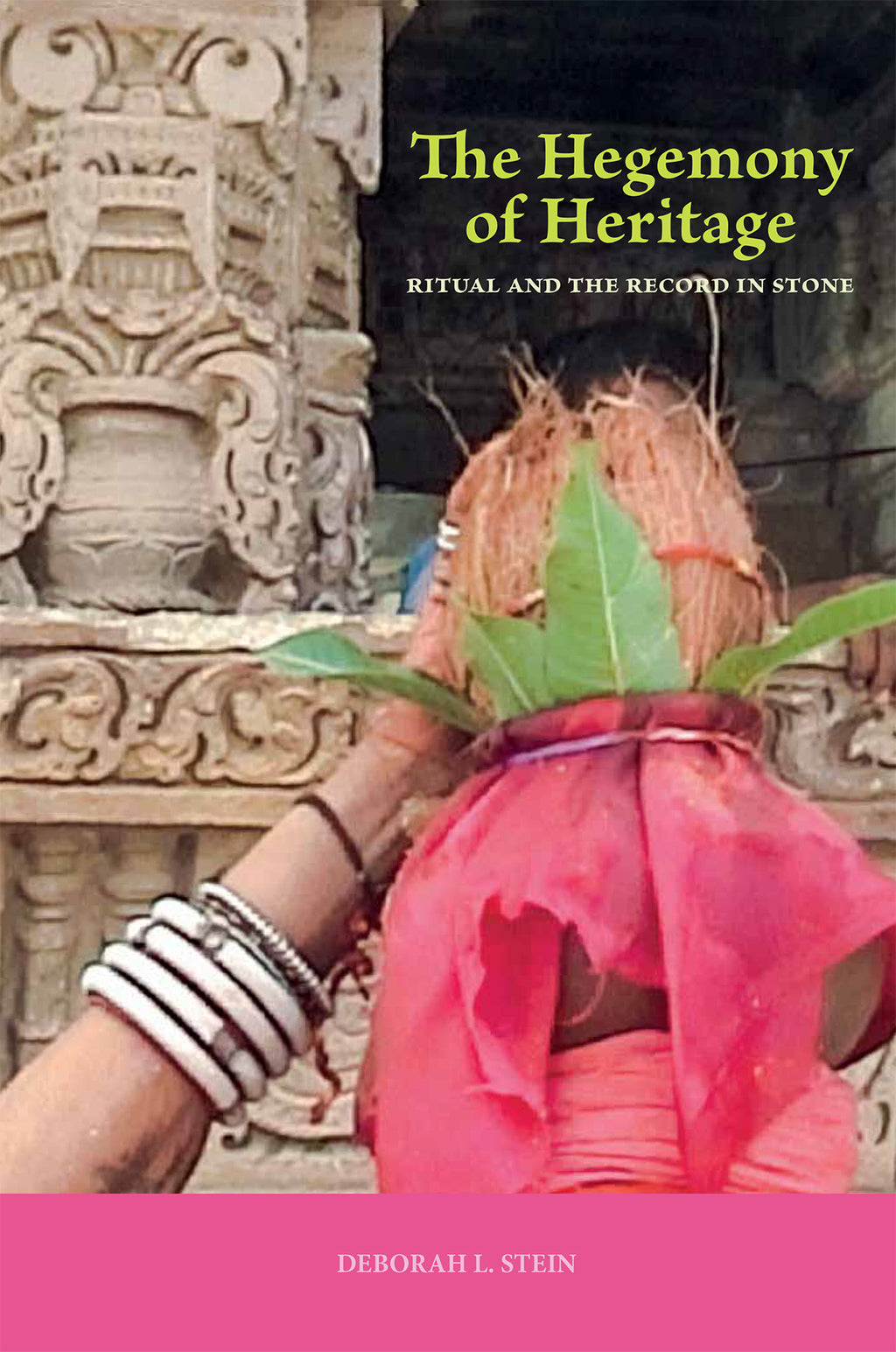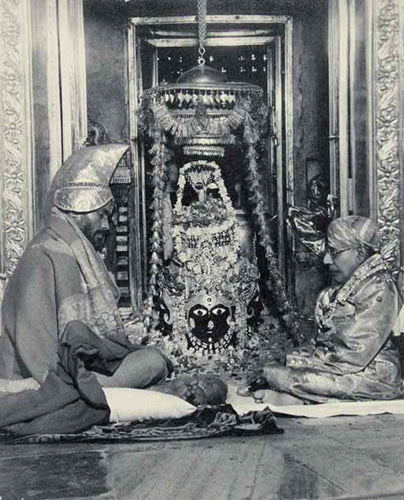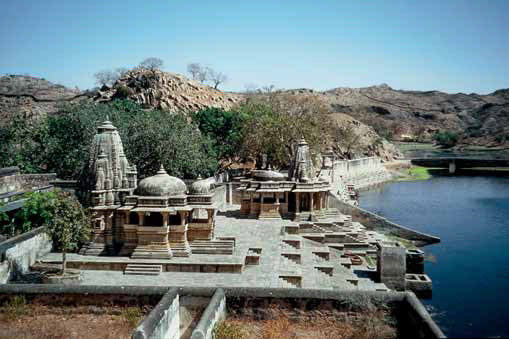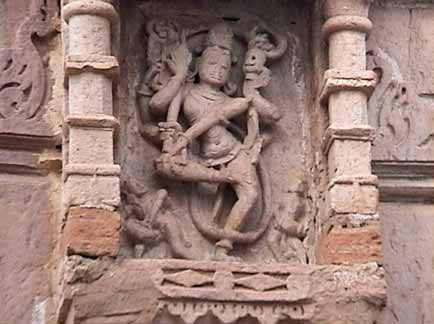The Hegemony of Heritage
Mapin Publishing
VIEW DETAILS
The Hegemony of Heritage makes an original and significant contribution to our understanding of how the relationship of architectural objects and societies to the built environment changes over time.
The Hegemony of Heritage
Ritual and the Record in StoneThe Hegemony of Heritage makes an original and significant contribution to our understanding of how the relationship of architectural objects and societies to the built environment changes over time.
- Category: All Books, Culture, History, MAPIN20...
Studying two surviving medieval monuments in southern Rajasthan—the Ambika Temple in Jagat and the Sri Eklingj Temple complex in Kailashpuri—the author looks beyond their divergent sectarian affiliations and patronage structures to underscore many aspects of common practice. This book offers new and extremely valuable insights into these important monuments, illuminating the entangled politics of antiquity and revealing whether a monument’s ritual record is affirmed as continuous and hence hoary or dismissed as discontinuous or reinvented through various strategies. The Hegemony of Heritage enriches theoretical constructs with ethnographic description and asks us to reexamine notions such as archive and text through the filter of sculpture and mantra.
“Makes visible the multiple methodologies that can be mobilized to write nuanced his-tories of Hindu temple architecture. The author’s approach is both refreshing and new. Skillfully weaving in postcolonial theory, object ontologies, and affect theory, among other approaches, the book opens up an exciting paradigm in the study of South Asian art and architecture.” SUGATA RAY, Assistant Professor of South Asian Art and Architecture, University of California, Berkeley.
“Makes visible the multiple methodologies that can be mobilized to write nuanced his-tories of Hindu temple architecture. The author’s approach is both refreshing and new. Skillfully weaving in postcolonial theory, object ontologies, and affect theory, among other approaches, the book opens up an exciting paradigm in the study of South Asian art and architecture.” SUGATA RAY, Assistant Professor of South Asian Art and Architecture, University of California, Berkeley.
DEBORAH L. STEIN holds a PhD from UC Berkeley and has taught at Mills College, UC Berkeley, UC Irvine, UC Santa Cruz, and San Francisco State University. Currently Senior Lecturer at California College of Arts, she is the author of several peer-reviewed articles.
X
List of Illustrations
Acknowledgements
Introduction: The “Hindu” Temple in Diachronic Context
Temple as Geographic Marker: Mapping the Tenth-Century Sectarian Landscape
Temple as Catalyst: Renovation and Religious Merit in the Field
Temple as Royal Abode: Th e Regal, the Real, and the Ideal in Fifteenth-Century Mewār
Temple as Palimpsest: Icons and Temples in the “Sultanate” Era
Temple as Ritual Center: Tenth-Century Traces of Ritual and the Record in Stone
Temple as Praxis: Agency in the Field in Southern Rājāsthan
Temple as Legal Body: Aesthetics and the Legislation of Antiquity
Conclusion: Heritage and Conflict: Medieval Indian Temple as Commodified Imaginary
Acknowledgements
Introduction: The “Hindu” Temple in Diachronic Context
Temple as Geographic Marker: Mapping the Tenth-Century Sectarian Landscape
Temple as Catalyst: Renovation and Religious Merit in the Field
Temple as Royal Abode: Th e Regal, the Real, and the Ideal in Fifteenth-Century Mewār
Temple as Palimpsest: Icons and Temples in the “Sultanate” Era
Temple as Ritual Center: Tenth-Century Traces of Ritual and the Record in Stone
Temple as Praxis: Agency in the Field in Southern Rājāsthan
Temple as Legal Body: Aesthetics and the Legislation of Antiquity
Conclusion: Heritage and Conflict: Medieval Indian Temple as Commodified Imaginary
| ISBN | 9789385360619 |
| Pages | 336 |
| Number of photographs | 153 |
| Size | 6.75 x 10.6" (171 x 260 mm), hc-plc |
| Date of Publishing | 2019 |
| Language(s) | English |
| Rights Available | World rights |










